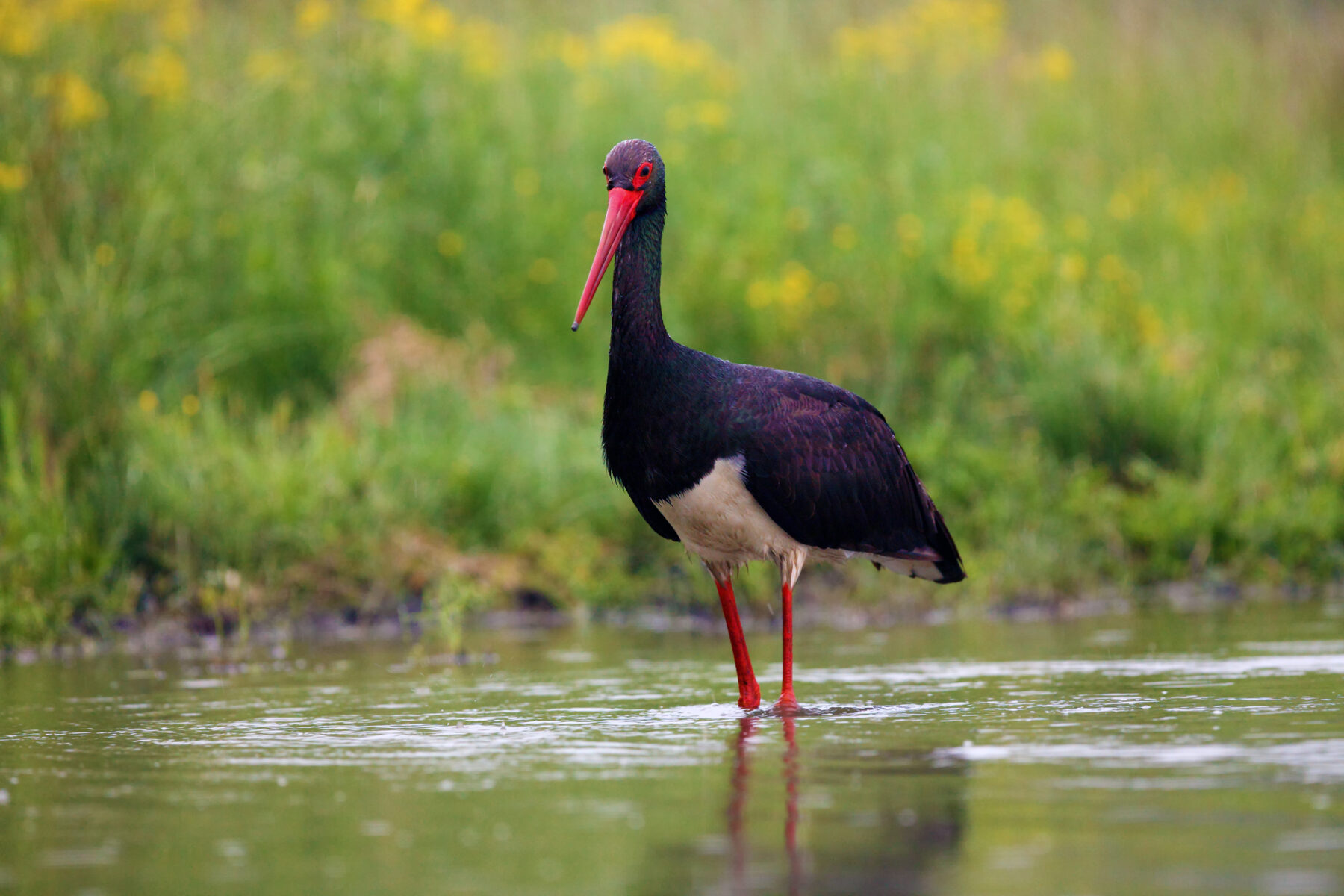The Community of Madrid It already houses eight couples black stork. The population of black vulture has been duplicate in the Community of Madrid, wherever there is the population of the Iberian imperial eagle has grown.
In recent years, breeding pairs of these at-risk species have increased significantly. In 2012, the region did 104 pairs of black vultures. However, in 2024 the number of couples will increase has exceeded 250causing the Community of Madrid in one of the main refuges of this birdwhich can reach a wingspan of up to 280 centimeters with open wings.
The Madrid Executive attributes this growth to a series of strategic actionssuch as the improvement of natural areas, constant monitoring of possible threats, the provision of complementary food and the recovery of chicks that have fallen from their nests.
One of the most recent milestones in protecting this species occurred last spring two black vulture chicks They were located by forestry officers and transferred to the Wild Animal Recovery Center (CRAS).
After seven months of receiving intensive care, they are this week issued at the Término de El Paular farm, in the municipality of Rascafría. Acquired by the regional government in October 2023, this farm is an essential refuge for wildlife and is expected to be closed soon recorded in the Sierra de Guadarrama National Parkwhich would increase the park’s protected area by 12%.
The black vulture, which prefers nest in pine trees, away from urban areas and with little human traffic it inhabits mainly two Special Protection Areas for Birds (ZEPA) within the Community of Madrid: in Alto Lozoya, home to the fourth largest colony of this species in Spain, and in Encinares del Río Alberche and Río Cofio.
Increase of other protected species in the Community of Madrid
Other species of birds have also experienced an increase Community of Madrid. The population of Iberian Imperial Eaglealso endangered, the number of breeding pairs has tripled in the past 16 years. In 2008, the region had 30 pairs, while in 2024 the presence of 101 pairs was recorded.
The black storkalthough less common than its relative, the white stork, also has one grow in their breeding population, from five pairs in 2013 to eight in 2024. This year, these birds have been documented to have raised nine chicks, marking another important step in the conservation of the species.
As for the white storkmuch more frequently, more than 2,300 nests have been recorded. He griffon vulture More than 600 copies have already been made. This scavenger bird is less habitat demanding than the black vulture and adapts more easily to rocky areas and cliffs.
He Wildlife Recovery Center (CRAS) of the Community of Madrid has established itself as one of the most important European hospitals dedicated to this care and recovery of wildlife. Her work not only focuses on the conservation of endangered native species, but also plays a crucial role in the… management of invasive alien speciesthe presence of which poses a threat to local ecosystems.
In 2024, the Wildlife Recovery Center (CRAS) has experienced one significant increase in the number of shots. During the first six months of the year, the center received 4,698 specimens, which is 310 more than in the same period of 2023. Of these receipts, 3,204 correspond to native species, including notable swifts, house martins and white storks.
Of the native animals that were cared for, 768 were cared for reintroduced in their natural habitat after their recovery, while another 865 continue the rehabilitation process. In addition, 1,471 of the specimens submitted belong to exotic or invasive species, for which there is also a need specialized care before being removed from local ecosystems.

